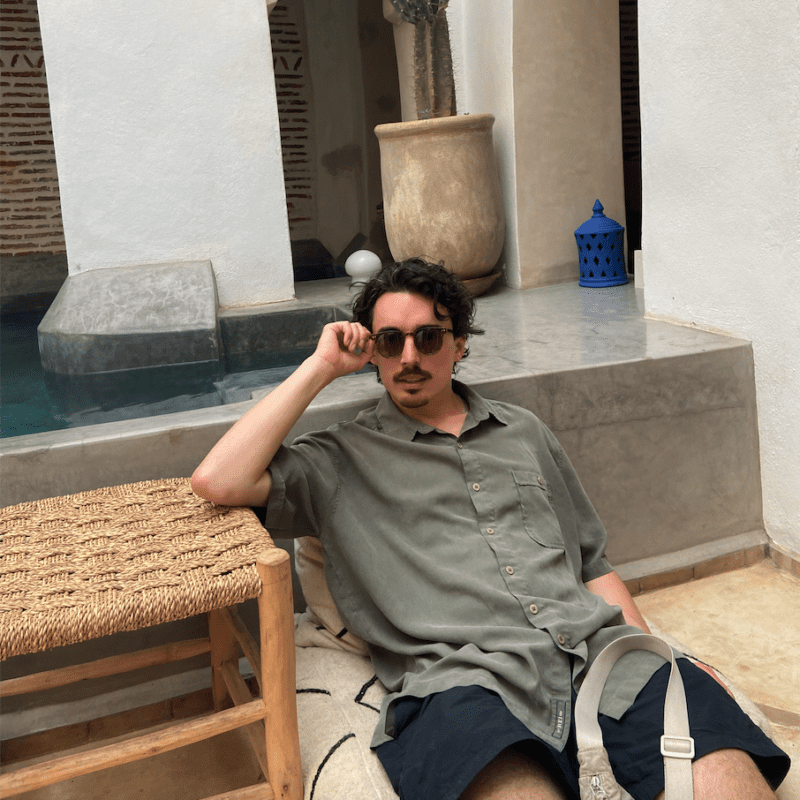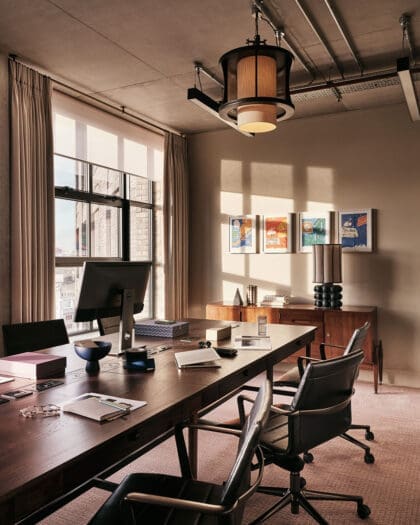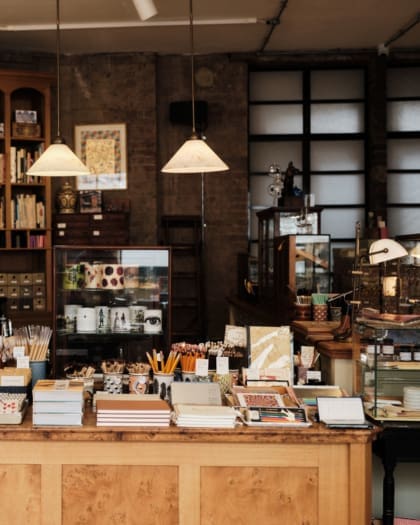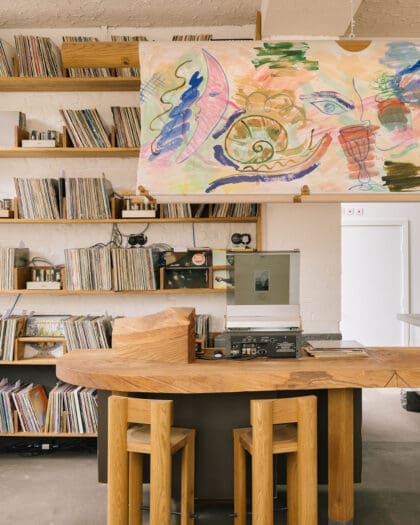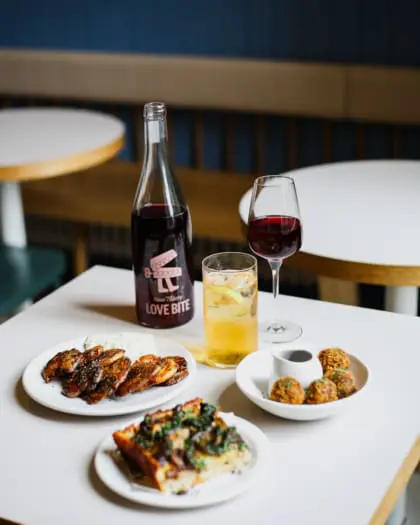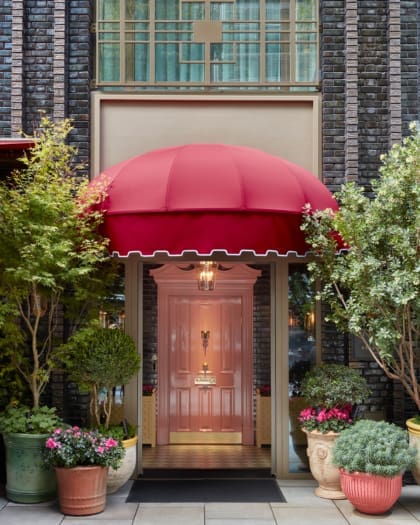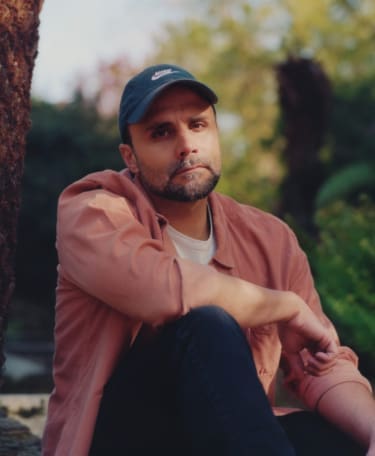
Exploring Jordanian filmmaker Bassel Ghandour’s immersive worlds
London-based Jordanian filmmaker Bassel Ghandour creates transportive films that are rooted in their setting, from Bedouin communities in the desert of Jordan to contemporary city life in dense neighbourhoods of Amman
Jordanian director, writer, and producer Bassel Ghandour has a deep connection with his film locations, and immerses himself in research before writing each screenplay. His first film, Theeb (2014), which he co-wrote and produced, follows the story of two young Bedouin brothers in the desert of modern-day Jordan, against the backdrop of the arrival of the British during the first world war and the imminent collapse of the Ottoman Empire. It went on to win a BAFTA for Outstanding British Debut and was nominated at the Oscars for Best Foreign Language Film. It was shown at the Venice, London and Toronto film festivals.
Ghandour went on to make his directorial debut with another of his original screenplays, The Alleys (2021). Set on the gritty labarynthine streets of the Jabal Al Natheef neighbourhood in modern-day Amman, Jordan, it premiered at the Locarno Festival, and went on to London and Rotterdam. The dramatic thriller was released on Netflix this year, and became the most-viewed listing on the platform in Jordan for five weeks. He has also directed a six-part sports documentary series called Chasing Dreams, which is due to be released in 2023.
Having lived in Amman for most of his life, Ghandour moved to London in 2021, and is currently writing a new screenplay set in the city.
We meet the filmmaker to discuss his writing and directorial style, what he is working on next, and what his most formative journeys have been.
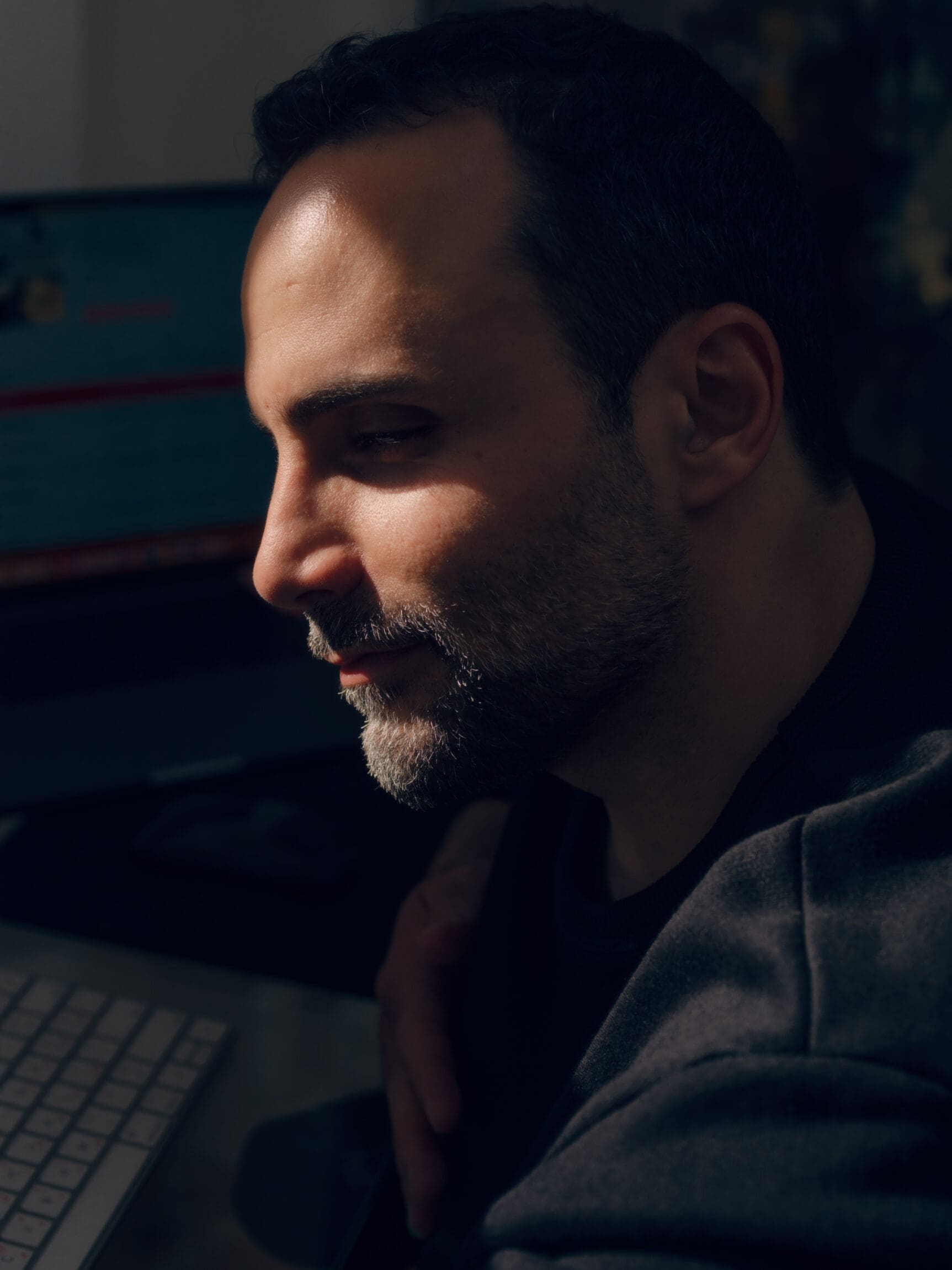
Bassel Ghandour’s early career
Let’s start at the beginning. How did you first get into working in film?
I was studying industrial engineering at the University of Michigan, and I decided to take a year off with a friend of mine and go back home to Jordan to work in film. Jordan is often used as a set double for Iraq or Afghanistan in war films, as well as extraterrestrial landscapes in sci-fi films like The Martian and Dune, which were both filmed in Wadi Rum. I got to work as a PA on a local film called Captain Abu Raed – the first to be filmed there for a really long time – and I crewed up on The Hurt Locker, which was also being filmed there. Between those two things, my friend Mohammed and I started to tinker around and shoot short films here and there. I was getting experience on two fronts: the pre-student level of making films, and seeing what an actual film set looks like.
I then went to study film at the University of Southern California, which made me certain I wanted to go into this full-time. I got to learn about the rest of the process: directing, writing, editing, post-production. I got a few student films under my belt, and made friends with people I remain close with.

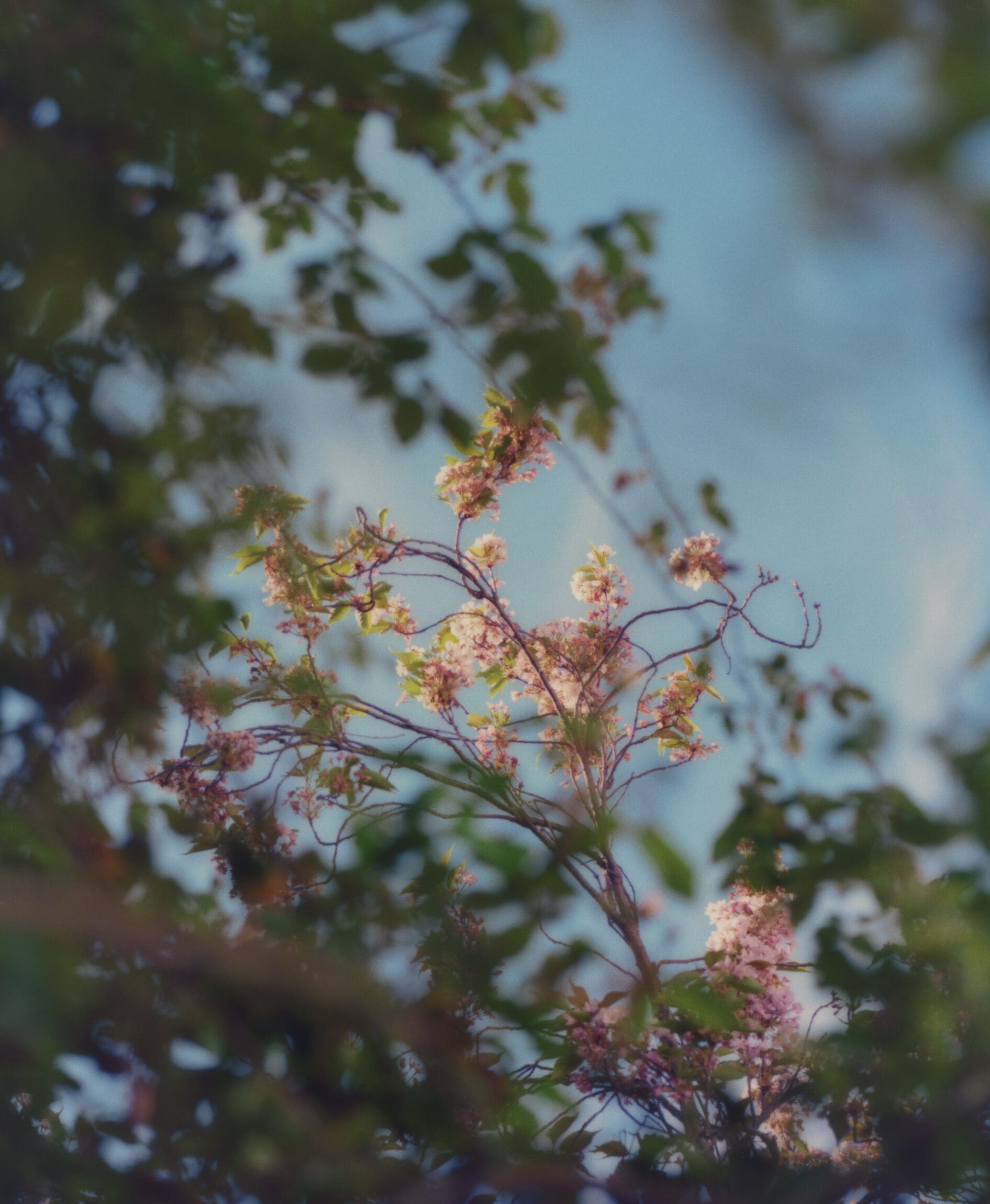
Ghandour’s production debut Theeb
After that, you co-wrote and produced your first feature film Theeb?
Yes. After three years of studying, I came back full of ideas and hungry to do something in the Middle East. I wrote some shorts to see what I could do in the region, including one about two Bedouin brothers stuck in the desert who encounter a stranger, who turns out to be the reason they are stranded. I sent that short film to my friend Naji Abu Nowar. We were both interested in the Bedouin story, and how it relates conceptually to the western genre. There is a lot of overlap in the sense that it’s a tale of humans vs nature, with the threat of a new age coming, symbolised by the arrival of railroads. This is a common theme in a lot of westerns, and is present in Theeb with the arrival of the British during the first world war, who attempted to drum up support for the Arab revolt against the Ottoman Empire. We wanted to do a Bedouin western in the same way Japanese director Akira Kurosawa saw his samurai films as westerns.
We naively decided to make it into a feature film with a very small budget. We did a couple of drafts in Amman, where we lived at the time, and realised we needed to do a lot more research to make the film feel as authentic as possible. It relied on that – if we failed on authenticity then it would fail totally. We moved to Wadi Rum and lived among the Bedouin of a town called Shakaria for a year. In that time the story evolved and took shape, and the little details worked themselves into the story. We co-wrote it together and Naji directed it.
We couldn’t get actors to buy into our film, so we decided to run acting workshops in Wadi Rum with the Bedouin themselves, which ran for eight months. All the actors in the film are acting for the first time. It meant almost everyone involved in the project was a first-timer: myself, Naji, the actors, and many of the crew in key positions.
It was a total passion project. The crew was comprised of people we’d met over the years as we crewed up ourselves. The Jordan film industry is tiny: if two films ran simultaneously in the country, you wouldn’t have enough crew to go round. Zero Dark Thirty was filming a few months before us, so that complicated things in terms of crew, but eventually it all worked out. Now the country can handle three or four productions at once which is great.
We had no expectation of entering film festivals. Our goal was to simply make this film as best we could. We had no greater aspirations, which made it a really pure experience. I think it would be hard to replicate. It was a labour of love by everybody.
That’s amazing it was the first project of its kind for everyone involved, and it did so well!
Yeah, when we got into the Venice Film Festival, that totally caught us off guard. The Bedouin flew out with us to Venice, which was their first time travelling. We had a brilliant time there. We went on to a few other festivals like Toronto and London.
We were nominated for an Oscar, and won a Bafta. All of that was completely unexpected. We were very grateful. I remember filling out the Oscars application and thinking it was a waste of time, but there you go!
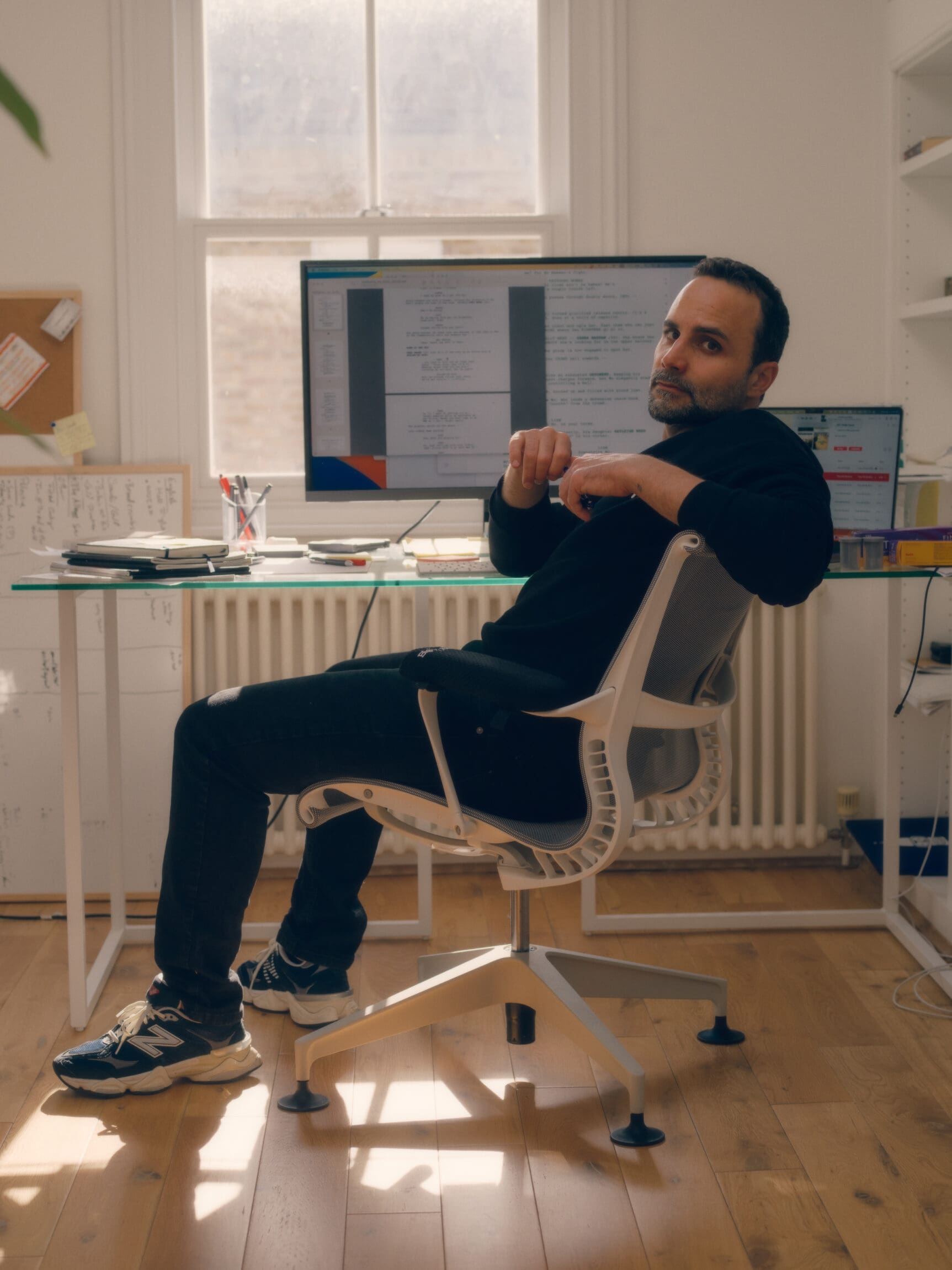
Ghandour’s directorial debut The Alleys
Incredible! And after that you went on to make your directorial debut, The Alleys?
I had started writing The Alleys around the time of the Oscars. That was where the first draft came up. Terrible, but it was a start – that’s how first drafts are supposed to be.
I didn’t feel mature enough yet as a writer, so writing the various drafts of The Alleys was another learning process. While I was trying to get the script going, I directed a documentary series called Chasing Dreams which is due to be released soon. We followed five young Syrian footballers who were scouted by a Brazilian football academy at their refugee camp, and recruited to turn professional.
What was initially supposed to be a short film to document their first trip to Brazil grew into a feature film and then a six-part series, shot over four years. It wasn’t anticipated, but the story was rich enough for it. It was amazing getting exposed to the world of Brazilian football – it’s tough competition there. It really is the Brazilian dream – it’s not an exaggeration. Football is in every corner.
Alongside that four-year project, you were also working on The Alleys too?
Yes. I don’t know if it was conscious, but The Alleys evolved into the total opposite of what Theeb was. Where Theeb was a tale of two brothers set in the desert, The Alleys is urban, dense and with multiple characters. Theeb was slow and meditative, whereas The Alleys is a pacey genre film.
Like Theeb, research was at the heart of it. I wanted to make sure the film was built on solid truthful pillars. I worked very closely with a friend of mine called Mahmoud Abu Faha. He lives in Jabal Al Natheef, the Amman neighbourhood we filmed in. It’s a beautiful neighbourhood. People are intimate, it’s buzzing, there’s a sense of camaraderie, the community is protective of each other. But it’s also claustrophobic, dense, and everyone gets in each other’s business. That became the source material for the film. It’s not a true story, but it’s inspired by the stories of voyeurism and extortion that you hear on the streets there on a daily basis. The characters are based on amalgams of real people in the neighbourhood.
I wanted to make something hyper-authentic, but I found liberty in making it genre and making my own. It’s a blend of research and the genre films I love, like Lock, Stock and Two Smoking Barrels, Snatch and Fargo.
When I went around the neighbourhood with my friend Mahmoud, he would whisper in my ear, telling me everyone’s stories. There was a sense of legend to them, and I wanted to provide that same sense to the audience, which is where the flashbacks come from. That’s why they are grand and stylised, to make it feel the way it is on the ground in real life.

It sounds like the location and setting are really key to building the story in your films.
Definitely. Different filmmakers are attracted to different things, and looking back at what I’ve done, I’m first and foremost attracted to the world, whether that’s the desert in 1916, or the neighbourhood of The Alleys, or Brazilian football. I love films that are transportive.
Are there other settings that capture your imagination?
Several. I just finished writing a film set in the world of British boxing, with my co-writer. He is a former amateur boxer from London. I used to box, and competed once or twice, and I’ve always wanted to make a boxing film. I went to a fight in London and loved the buzz around the ring, the interactions between the coaches, the fighters, and friends and family in the stands. Such a hive of things going on. I got really interested in that.
That’s the hope for the next film: a boxing film set around a community of boxers, fighters, promoters, media, at that local London level, who are trying to break through to national level. It’s been an interesting journey meeting with various boxers and gyms and coaches for research. Hopefully it finds a home with a production company and we can take it to the next step. Because I enjoy these worlds, the research is so pleasurable, and hopefully I am able to recreate that world for the audience.

The directorial process
We’ve talked about how you write. What is your process like when directing films?
I find writing to be the hardest part. It is the most painful bit. Getting to the end of the draft is tough. The amount of energy put into writing outways what goes into directing. But when it comes to direction, it begins with a long process of casting, which took eight months for The Alleys.
The biggest lesson I’ve learned over the years is that a director has to think both artistically and practically, especially in a country like Jordan, which doesn’t have a perfect system of filmmaking. You have an artistic vision, but you have to have practical ways of achieving that, and sometimes practical obstacles might come in the way of the perfect version of the film you want to make. You can take that philosophy and it makes sense in every department: in production, the location might change last minute, so you have to improvise, or with actors, each one might respond to different styles of direction. One might get it on take seven, others might be perfect on take one. Some actors learn their lines 100 per cent, others need the scene adapted. You have to balance all of that.
Cinematography, same thing – sometimes you can’t access a roof to put a light there, or there’s a street light you can’t avoid.
Then there’s post-production: a long process of editing, sound design and music. I enjoy sound design the most – it’s my favourite part of the process.
What goes into sound design?
People often forget that cinema is half picture, half sound, and underestimate how important sound is. If you see a film without sound design, you would feel something is missing from it, but may not be able to put your finger on it. You might feel it was terribly directed or poorly acted, but really it was just missing good sound design. The three-dimensionality of films comes from the richness of its sound design. That is part of why I love the process. You’ve locked in the picture, the story, and now it’s just about deepening, creating tone, atmosphere, and realism. It’s like having a cadaver and injecting it with blood and bringing it to life. Without sound design, the film would be lifeless.
That must be a really satisfying process. What do you hope your audience feels when they watch your films?
I don’t know if I think of specific emotions that my audience should feel, but I am most aware of wanting the audience to be transported to the world of the film. Films should not be completely passive. The audience should be engaged with some sort of curiosity. I hope that’s what audiences are experiencing.
If they are entertained, that’s great, and if they want to discuss it afterwards and engage with the next level of things, that’s great too. If people consume the film on different levels, that is a success to me.
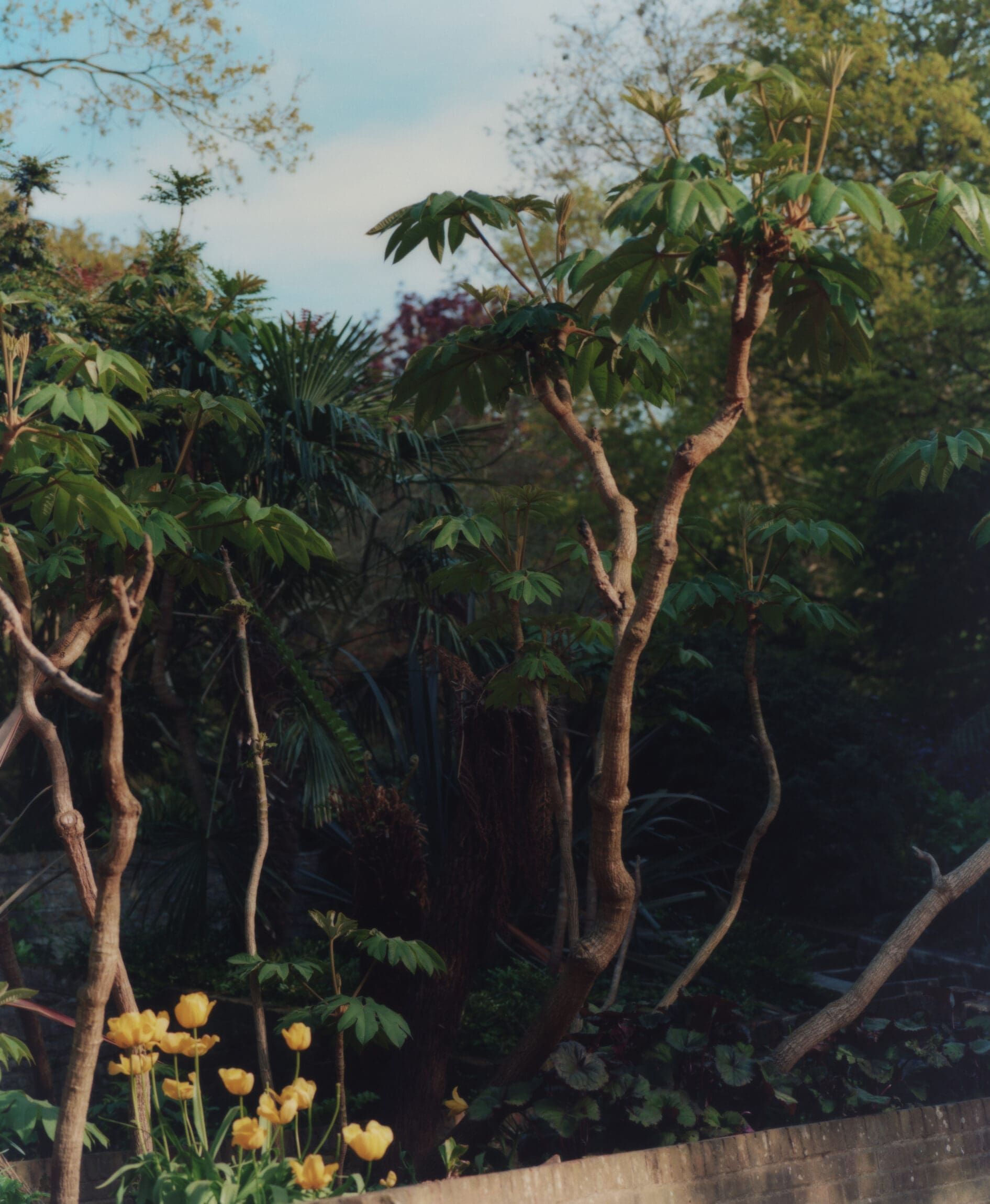
Ghandour’s travel experiences
What journey have you taken that has most impacted your life and work?
It has to be the year I spent in Wadi Rum, developing Theeb: writing it, gaining the trust of the community, working closely with the team, doing the acting workshops, the location scouting. It was a ground-up, grassroots approach to filmmaking. That was the most significant, transformative journey that I have taken as a filmmaker. I didn’t emerge from that completely mature as a filmmaker, but it was the most significant learning experience of my life. And it doesn’t hurt that it was in a beautiful location.
Is there a dream destination you would love to visit?
After visiting Brazil and falling in love with the country, I would love to find ways to go back and work on other projects there. Over the years, each time I went back, I fell more and more in love with it. I’m aware I have a very particular reading of it, and it is not reflective of the whole truth there, but that is part of the curiosity of going back. It is such a rich world and it touched me. Every time I left, I thought, ‘oh maybe I was just romanticising it a little’, and then every time I go back, I realise, no, it really is amazing.
